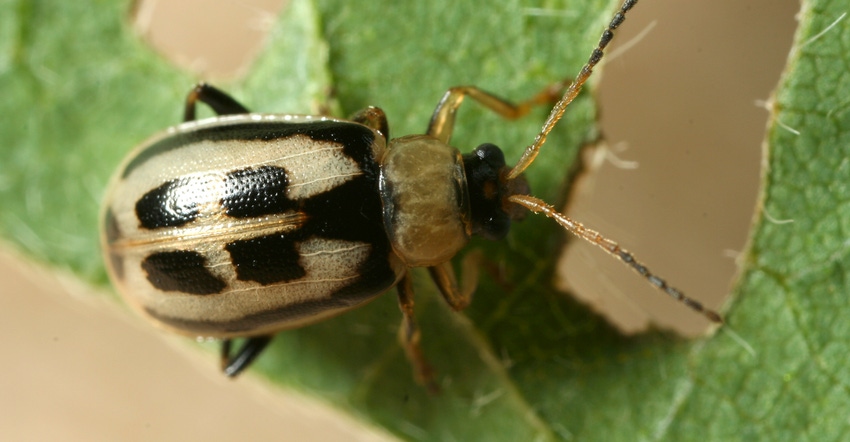October 26, 2018

USDA has updated the National Road Map for Integrated Pest Management for the first time since 2013.
The update culminates a yearlong review by the Federal Integrated Pest Management Coordinating Committee, a joint effort that is coordinated by the Office of Pest Management Policy in the Office of USDA’s Chief Economist with representatives of all federal agencies with responsibilities in IPM research, implementation, or education programs. These agencies include Environmental Protection Agency, Department of the Interior, and Department of Defense.
Integrated Pest Management is a science-based, sustainable decision-making process that uses information on pest biology, environmental data, and technology to manage pest damage in a way that minimizes both economic costs and risks to people, property, and the environment.
What is the National Road Map for IPM?
The National Road Map for Integrated Pest Management, first introduced in 2004, is periodically updated to reflect the evolving science, practice, and nature of IPM. The Road Map provides guidance to the IPM community on the adoption of effective, economical, and safe IPM practices, and on the development of new practices where needed. The guidance defines, prioritizes, and articulates pest management challenges across many landscapes, including: agriculture, forests, parks, wildlife refuges, military bases, as well as in residential, and public areas, such as public housing and schools. The Road Map also helps to identify priorities for IPM research, technology, education and implementation through information exchange and coordination among federal and non-federal researchers, educators, technology innovators, and IPM practitioners.
Source: USDA
You May Also Like




